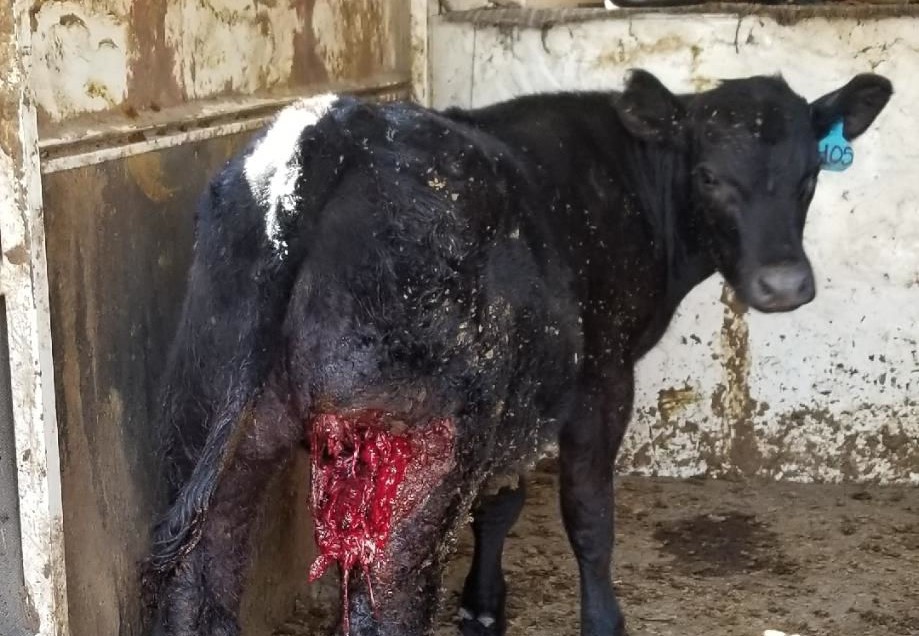Wildlife officials in Washington have approved a kill order for wolves that have been preying on livestock. This is the second time this has happened in less than a month.
Wyatt Bechtel
Drovers
Kill Order Approved for 2nd Washington Wolf Pack After Cattle Attacks
For the second time in less than a month wildlife officials in Washington have approved taking lethal action on another wolf pack following a number of attacks on cattle.
Washington Department of Fish and Wildlife (WDFW) Director Kelly Susewind made the authorization on Sept. 12 following the confirmation of six separate cattle depredations by a pack of wolves on the federal grazing lands in the Kettle River Range of Ferry County.
The Old Profanity Territory pack made the six attacks on cattle starting on Sept. 4, killing once calf and injuring five others on a U.S. Forest Service (USFS) grazing allotment. The pack is running in an area near the Profanity Peak pack which was believed to be killed or moved territories after a similar case of cattle depredation in 2016.
An “incremental” removal of wolves from the pack has been authorized by WDFW’s lethal removal protocol under guidance of an 18-member Wolf Advisory Group. A threshold of three wolf attacks on livestock in 30 days warrants lethal removal under WDFW policy, along with preying on livestock four times in 10 months.
Under the plan and protocol incremental removal allows for one or two wolves to be lethally taken from the pack. Lethal action can be taken by starting on Sept. 13 in the afternoon following a court ordered waiting period of one business day.
Humane lethal removal tactics include shooting from a helicopter, trapping, and shooting from the ground.
Before lethal action could be taken it was required that the impacted rancher also use non-lethal methods to deter wolves from preying on livestock. In this particular case the rancher did the following:
•Using range riders to keep watch over his herd;
•Calving outside of occupied wolf range;
•Delaying turning out cattle until July 10 – a month later than usual – when calving is finished and the calves are larger and less prone to predation;
•Removing or securing livestock carcasses to avoid attracting wolves to the rest of the herd; and
•Removing sick and injured livestock from the grazing area.
Besides the cattle that were preyed on in September, there were other possible cases of depredation on the grazing allotment that were not determined to be wolves. Three calves were found dead from Aug. 20-26, but most of the flesh was already missing from the calves.
Free Range Report
Thank you for reading our latest report, but before you go…
Our loyalty is to the truth and to YOU, our readers!
We respect your reading experience, and have refrained from putting up a paywall and obnoxious advertisements, which means that we get by on small donations from people like you. We’re not asking for much, but any amount that you can give goes a long way to securing a better future for the people who make America great.
[paypal_donation_button]
For as little as $1 you can support Free Range Report, and it takes only a moment.



